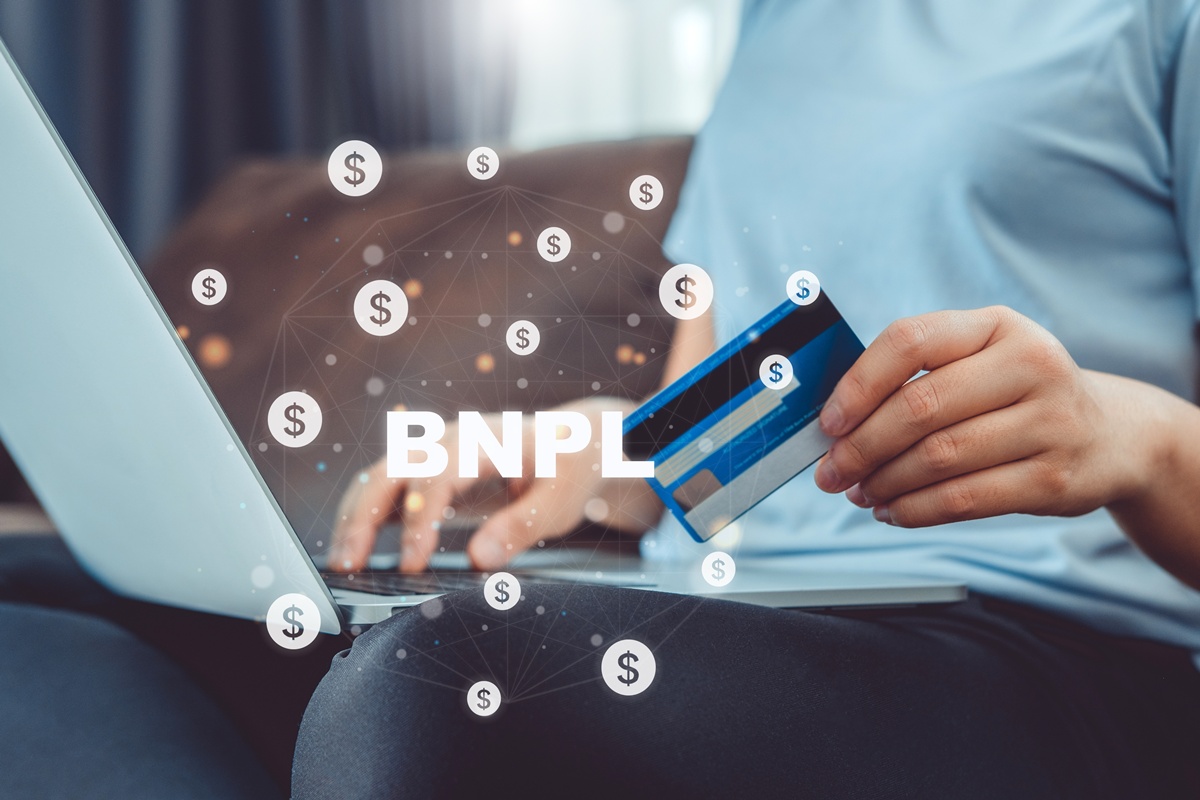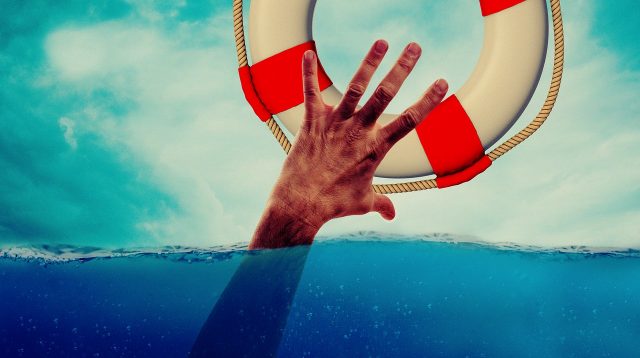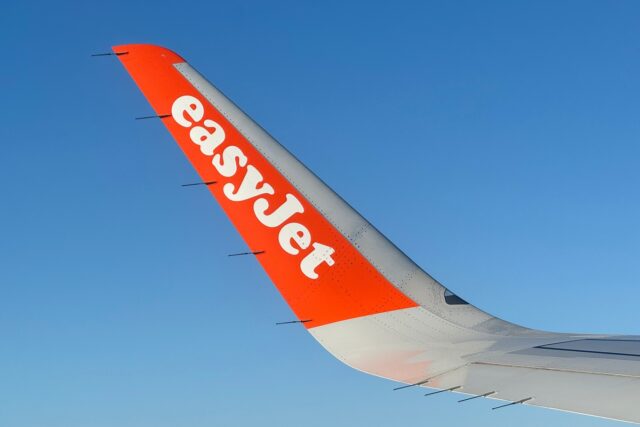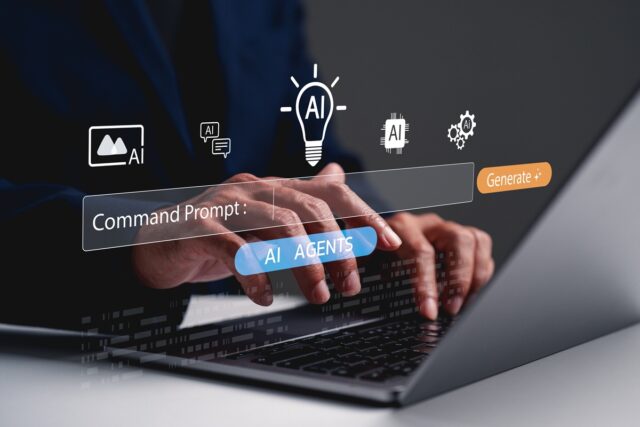September 15, 2025
Buy Now, Pay Later: America’s Hidden Debt Trap

A new study from LegalShield paints a sobering picture of how deeply Americans have come to depend on Buy Now, Pay Later (BNPL) services, and how that reliance is creating financial and legal trouble for millions. The survey of 2,018 U.S. adults found that three-quarters (76%) use BNPL, while nearly half (49%) admit they’ve missed at least one payment.
At the same time, more than two-thirds (67%) juggle multiple BNPL loans at once, underscoring how the short-term lending model has become a critical tool for everyday spending rather than just a way to finance luxury goods.
The research reveals that BNPL is no longer primarily about convenience for big-ticket items. Instead, many consumers now depend on it for basic needs. Nearly half (47%) say they use BNPL to buy groceries, and more than a third (35%) rely on it for medical expenses. Still, aspirational shopping hasn’t gone away, as 54% of respondents admit to using the services for luxury purchases, such as designer handbags or jewellery. For many households, BNPL has become both a lifeline and a trap.
“Our survey finds nearly half of BNPL users are facing potential legal disputes over BNPL purchases, and most don’t even know they have rights,” said Warren Schlichting, CEO of LegalShield. “If you are one of the 62% of these folks who are getting billed incorrectly and/or one of the 60% who are forced to pay even after returning items, you need a lawyer in your corner.”
Beyond the Financial Strain
LegalShield’s survey reveals that nearly half (45%) of BNPL users have encountered legal or contractual disputes associated with these loans. The most common complaints include billing errors (62%) and forcing consumers to pay for items even after making returns (60%). Yet, when disputes arise, many feel powerless, as 36% pay the incorrect charges, while 28% don’t realise they have a legal right to challenge them.
To make matters worse, nearly 4 in 10 Americans (38%) remain unaware that FICO will begin factoring BNPL activity into credit scores later this year. For the 49% who have already missed payments, this could mean an immediate hit to their creditworthiness. The timing is especially concerning: household debt delinquency rose to 4.4% in the second quarter of 2025, the highest since early 2020 and rising steadily since 2022, according to the New York Federal Reserve.
Generational differences show that no age group is immune to these challenges. Gen Z embraces BNPL as a way to “practice” building credit, but 87% admit they rarely read the fine print, and three-quarters feel unprepared to handle disputes. Millennials are heavy users too, with 82% relying on BNPL and half missing payments. Gen X stands out as the group most deeply entangled, 84% use BNPL, 72% manage five or more active loans, and 62% have already missed payments.
Even Baby Boomers, though less likely to use BNPL overall (51%), struggle when disputes arise; 63% say they don’t know how to challenge charges when they’re billed incorrectly.



